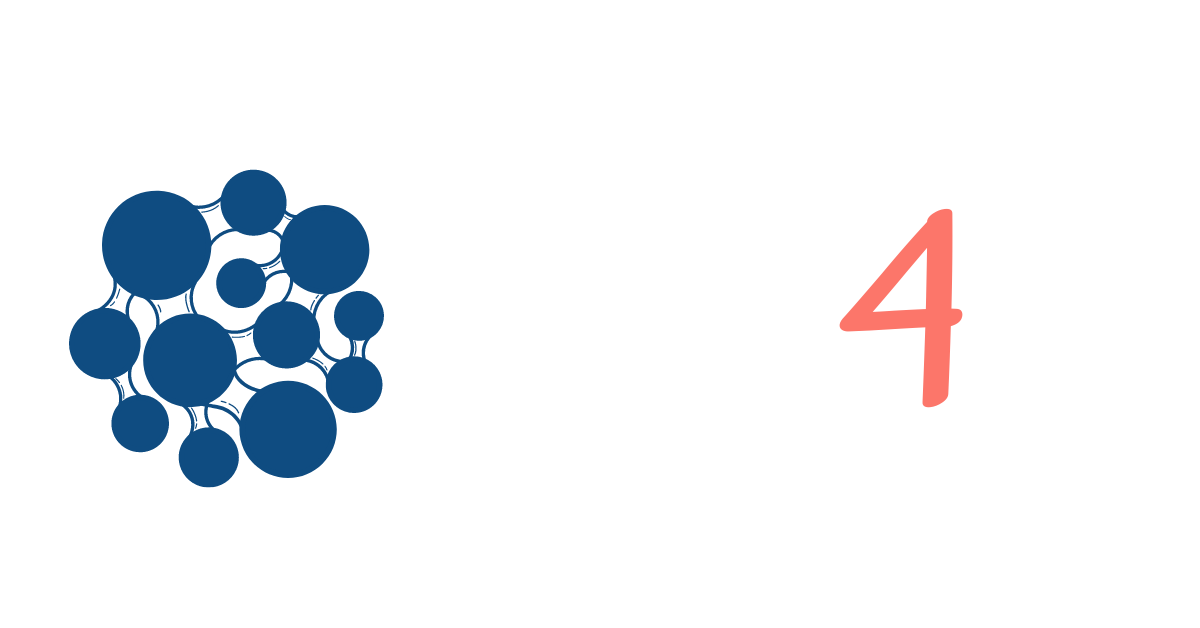SbD4Nano at NanoInnovation 2023
SbD4Nano has been presented at the NanoInnovation Conference & Exhibition 2023, during the workshop “Improving materials development by Safe and Sustainable by Design approaches (SSbD)”, a joint event of the EU projects ASINA, SABYDOMA, SAbyNA, SbD4Nano and REPOXYBLE.
The safety and sustainability of chemicals and materials and their applications are a cornerstone of current European policy and industrial strategies. Frameworks and criteria to define SSbD approaches have been published by the European Commission, OECD, and industrial actors (such as CEFIC). The workshop showcased examples practical implementation of SSbD in different industrial sectors.
The first part presented learning on SSbD from the five projects organizing the workshop:
Assessing filament manufacturing in polymers to reduce toxicity and environmental fate of nanomaterials (NMs) and nano-enabled products (Lati Industria Termoplastici, SAbyNA project)
Advanced SSbD methods and formulations to provide improved properties for the cosmetic industry (Red of View and AmbrosiaLab, SbD4Nano)
Screening and characterization techniques based on model predictive control (MPC) to optimize continuous-flow production of high-quality silver nanoparticles (AgNPs) (Applied Nanoparticles, Sabydoma)
High performance and recyclable epoxy resins for the aerospace and automotive (Avanzare, Repoxyble)
The second part was focused on ASINA achievements on SSbD methods and industrial processes in the cosmetics and textile sectors, including:
the antimicrobial textile manufacturing process set up by CENTI, Centre for Nanotechnology and Smart Materials;
a digital twin approach to continuously improve sustainable in processing of materials developed by Tecnalia
a software to integrate testing information and manage SSbD criteria along the product development, based on multicriteria decision analysis, Project SaS;
the advanced strategies used for exposure assessment at the workplace during the project implemented by APM and University of Milano Bicocca.
A special focus has been given by the role of standard body and standardization practices to inform technical developments of the project and favour exploitation of project results. The European Commission is publishing guidelines on how to best introduce standardization activities in European project (presentation by UNI- Italian Standard Body).
The workshop has been an opportunity to network and share experiences, and to start a dialogue with stakeholders from different project on how to best adopt SSbD approaches.
In this context, SbD4Nano has been presented by Professor Stefano Manfredini, the co-founder of the university accredited spin-off company AmbrosiaLAB. In the framework of SbD4Nano project (which aim is to realize a novel e-Infrastructure for the definition, performance testing and implementation of SbD approaches in the nanotechnology supply chains), Stefano presented his industrial case study concerning the cosmetic sector and more specifically sunscreans. Environmental concerns have also affected the sunscreens; both organic and inorganic ultraviolet (UV) filters, particularly in their nanoscale form, have come under scrutiny for their potential ecotoxicity and tissue penetration. The research endeavors to assess the risks and explore strategies to minimize potential harm to consumers.
AmbrosiaLAB's case study focuses on using ENMs as UV filters in cosmetic products. The main objectives include evaluating the safety implications of their incorporation in formulations. The project's surface engineering approach aims to reduce (eco)toxicity, exposure, and release of active materials. This information serves as a reference for validating the e-Infrastructure.
The SbD approach involves assessing the morphology, efficacy, safety, and eco-sustainability of inorganic materials at the R&D stage. Compliance with the COSMOS (Natural) Standard, feasibility of new "inorganic (UV) active" molecules, and adherence to regulatory requirements concerning nanomaterials in cosmetics are additional aims.
In conclusion, the AmbrosiaLAB's study provides valuable insights into the safe and effective use of nanomaterials in cosmetics. By meeting standards, regulations, and exploring alternatives, the project successfully designs and offers natural and sustainable sunscreen products that fulfill consumer demands while safeguarding human health and the environment.
